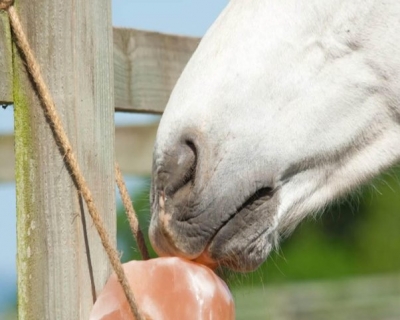
Salt licks are deposits of mineral salts, and also refer to places with such deposits. Also known as mineral licks, they provide animals, especially herbivores, with supplementary nutrition. Not just herbivores, even carnivores, small creatures such as squirrels, and birds benefit from salt licks. They contain nutrients such as calcium, magnesium, phosphorus, sodium, and zinc, and help fight infections and diseases too. In their natural forms, these are found only in specific places. Which means, once animals discover salt licks, it’s likely that these places will witness some sort of congregation. And, this becomes an important spot to observe them in the wild.
Salt licks are also provided by humans to animals artificially, particularly during dry seasons or warmer months. For instance, small or large salt lick blocks are placed in areas such as natural wildlife habitats. The salt licks are generally placed near water bodies because the animals may become thirsty after eating salt. Of course, the main goal of this exercise is to ensure that animals get their share of nutrients and grow to be healthy and well-developed individuals. Sometimes, this step is beneficial to more than just the animals themselves – tourists! During safaris at sanctuaries and tiger reserves, tourists have reported sightings of animals where salt licks are placed
While salt licks may help us study them better by watching and photographing them from a safe distance, it is said that there have been instances of hunters and poachers using salt licks to attract wild animals, with cruel intentions.
Apart from wild animals, salt licks are used by farm animals such as cattle, sheep, goats, horses, etc. Farmers too provide salt licks to such animals for their good health.
Picture Credit : Google




